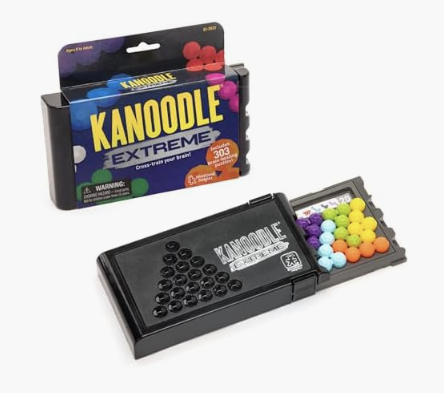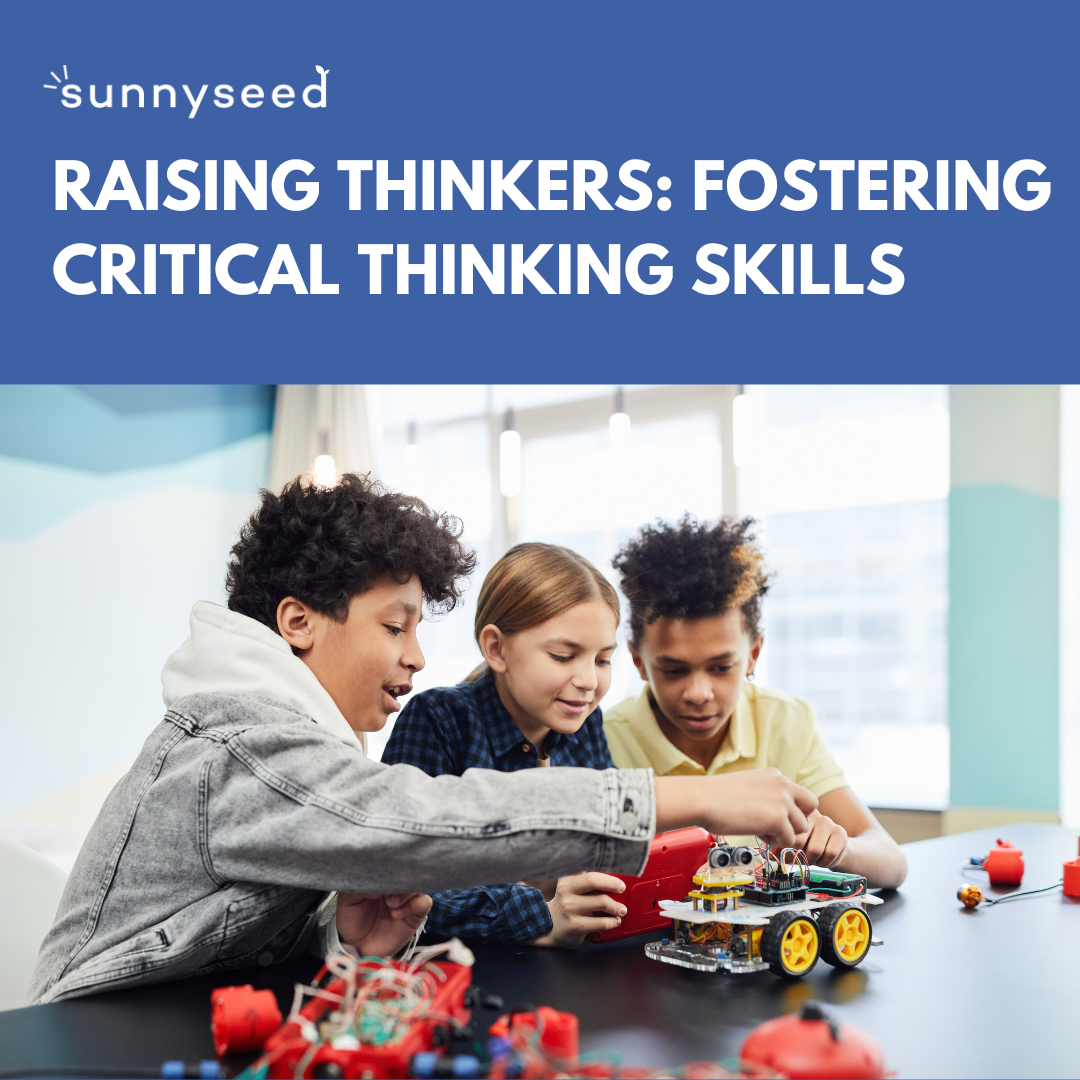Raising Thinkers: Fostering Critical Thinking Skills in a World of AI
In a world that’s changing faster than ever, one skill stands out as essential for success: critical thinking. Whether your child dreams of becoming a scientist, an entrepreneur, or an artist, the ability to think critically will shape their future. But what exactly are critical thinking skills—and how can we as parents cultivate them at home, especially during the formative elementary years?
WHAT ARE CRITICAL THINKING SKILLS?
Critical thinking is more than just being smart or knowing facts. It’s the ability to:
Analyze information
Ask meaningful questions
Reason logically
Recognize bias or assumptions
Evaluate arguments and evidence
Make thoughtful decisions
Solve problems creatively
These skills allow children to go beyond memorization and begin to understand the "why" and "how" behind the world around them.
The Foundation for Critical Thinking reports that students who develop critical thinking skills experience greater academic achievement, improved emotional regulation, and stronger interpersonal skills (Paul & Elder, 2014).
The National Education Association (NEA) even includes critical thinking as one of the “Four Cs” of 21st-century education—along with communication, collaboration, and creativity (NEA, 2012).
WHY ARE CRITICAL THINKING SKILLS SO IMPORTANT FOR THE FUTURE?
Critical thinking empowers children to:
Navigate complex problems independently
Adapt in an unpredictable world
Collaborate with others more effectively
Make sound decisions in real life
Innovate in any field they pursue
In a 2016 report, the World Economic Forum named critical thinking as one of the top three job skills needed for success in 2020 and beyond (World Economic Forum, 2016).
A workforce that values innovation, leadership, and strategic problem-solving increasingly seeks individuals who can think independently and adapt thoughtfully. In a world of AI, social media, and propoganda, we absolutely need independent thinkers!
HOW CAN PARENTS ENCOURAGE CRITICAL THINKING AT HOME?
1. Ask Open-Ended Questions
“Why do you think the character made that choice?” or “What would you have done differently?”
2. Let Them Struggle (a Little)
Building grit and resilience is incredibly important! Don’t rush to solve every problem. Let them brainstorm, make a plan, and try their own solutions—even if it means failure. Cultivate a family environment with a GROWTH MINDSET that makes it feel safe to take risks. Model learning something new, struggling, and continuing to practice. After-all, kids learn most by observing us.
3. Play Strategy Games
Games like chess, checkers, logic puzzles, and cooperative board games help children learn to plan ahead, weigh options, and think through consequences.
4. Model Thoughtful Decision-Making
Narrate your thinking process: “I’m choosing this route because the other one might have construction…” This teaches them how to reason through everyday choices.
5. Encourage Curiosity
When your child asks “Why?”, resist the urge to give a quick answer. Instead, respond with:
“Let’s find out together” or “What do you think?”
You can also model your own curiosity. “Hmm, that’s interesting. I wonder why _____.”
6. Involve Them in Real-Life Problem Solving
Have them help plan a meal, create a budget for a trip, or figure out how to organize their room more efficiently.
A MUST HAVE FOR TOP LEADERS
A 2022 LinkedIn report listed critical thinking and problem solving among the top 5 soft skills shared by high-performing leaders and executives (LinkedIn, 2022).
In a study of over 1,200 self-made millionaires, 88% reported reading daily for learning and strategic thinking—core practices that support critical thought (Corley, 2016).
Warren Buffett, one of the most successful investors of all time, is known for spending 5–6 hours per day reading and thinking, a routine he credits as essential to his success (Gates, 2017).
FINAL THOUGHTS
Fostering critical thinking in your child doesn’t require expensive programs or complex curricula. It happens in the rhythm of everyday life—when you ask good questions, invite thoughtful conversations, and give your child the space to explore, wonder, and figure things out.
When we intentionally integrate critical thinking into our daily rhythms, we invite more intrinsic learning, exploring, resilience, and healthy risk taking into childhood. By raising thinkers today, we raise confident, capable adults tomorrow. WIN WIN!
REFERENCES
Arum, R., & Roksa, J. (2011). Academically Adrift: Limited Learning on College Campuses. University of Chicago Press.
Corley, T. (2016). Rich Habits: The Daily Success Habits of Wealthy Individuals. Amazon Publishing.
Gates, B. (2017). “Warren Buffett spends 80% of his day reading—here’s why.” GatesNotes. https://www.gatesnotes.com
LinkedIn. (2022). LinkedIn Learning: Workplace Learning Report. https://learning.linkedin.com/resources/workplace-learning-report
National Education Association. (2012). Preparing 21st Century Students for a Global Society: An Educator’s Guide to the “Four Cs.” https://www.nea.org
Paul, R., & Elder, L. (2014). The Miniature Guide to Critical Thinking Concepts and Tools. Foundation for Critical Thinking.
World Economic Forum. (2016). The Future of Jobs: Employment, Skills and Workforce Strategy for the Fourth Industrial Revolution. http://www3.weforum.org/docs/WEF_Future_of_Jobs.pdf
























